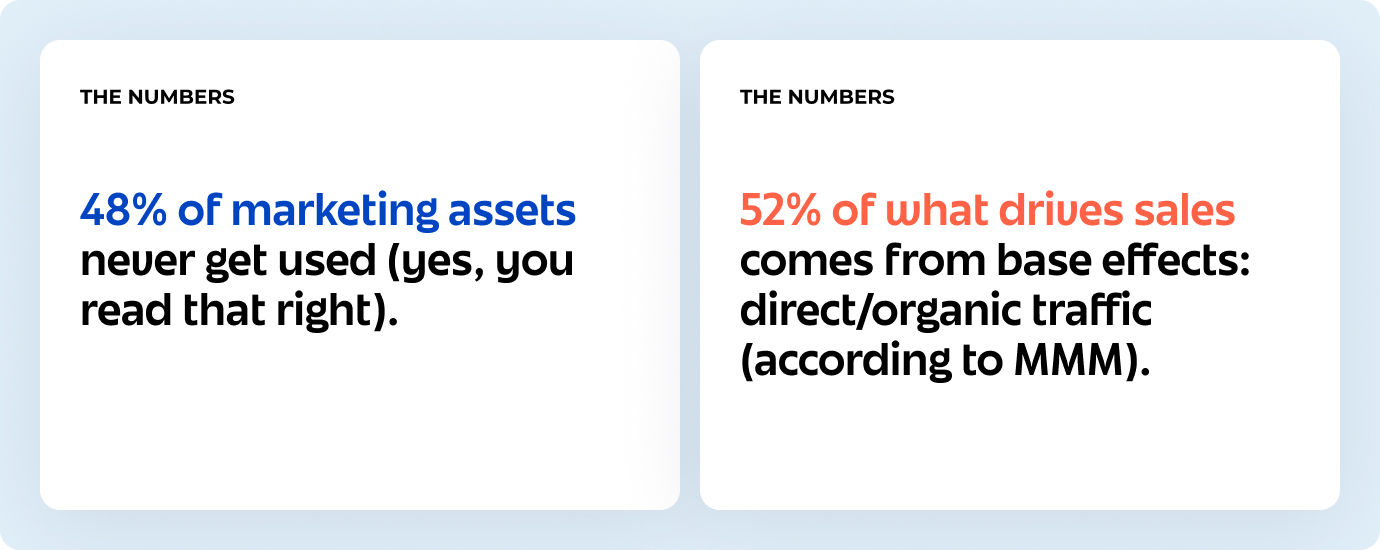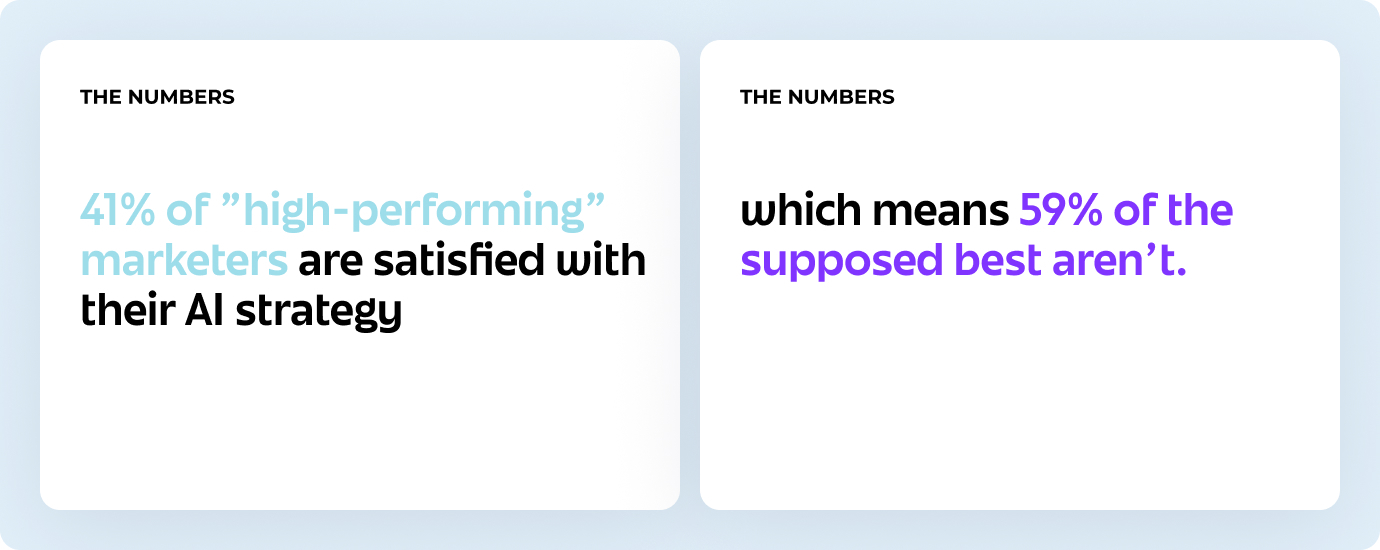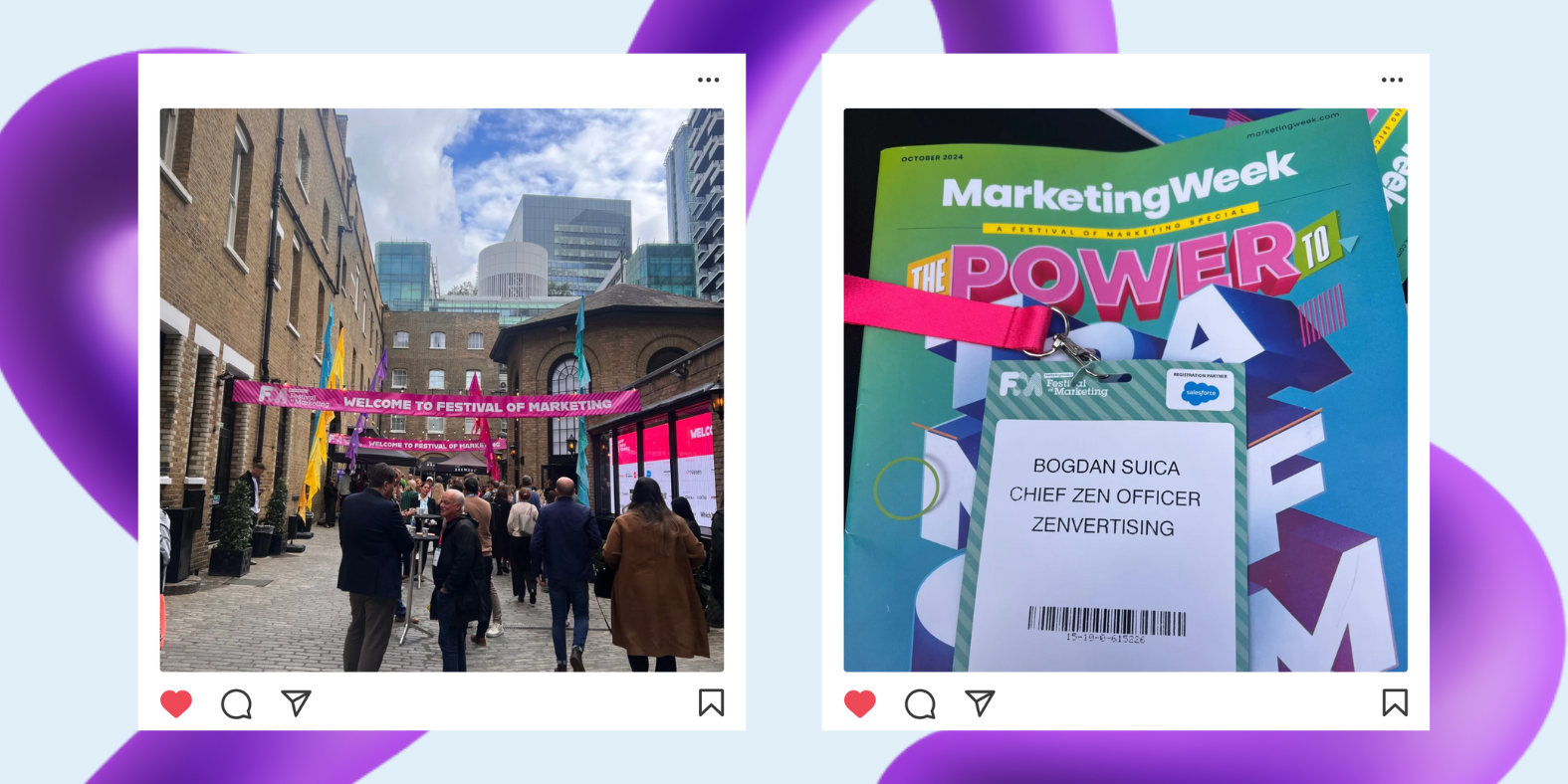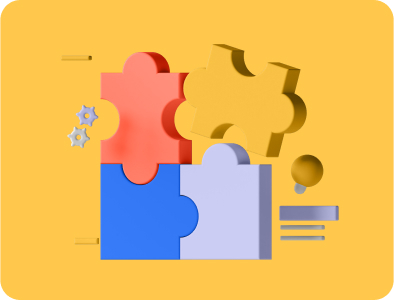Festival of Marketing 2024: The Signal and the Noise

Look, I got back from London's Festival of Marketing a few weeks ago, and my head is still spinning. Not from the afterparty beer (okay, maybe a little), but from the sheer amount of conventional marketing wisdom that got turned on its head. I went there expecting the usual buzzwords and AI hype. Instead, I got a full day of data-backed reality checks.
The Numbers Nobody Wants to Talk About
Let's start with some uncomfortable truths:


Most attribution models would tell you only 38% comes from direct/organic traffic, making us feel great about our brilliant digital campaigns. And while we're all fighting over how to attribute the leftovers, we're missing the bigger picture of what actually drives sales.
As someone running an agency in Romania, where every euro of client money needs to work twice as hard, these numbers hit differently. We're all operating in an industry with built-in 50% waste, pretending everything's fine?
The Creative Reality Check: From YouTube to Out-of-Home
Let's talk about creative effectiveness across channels. For YouTube, they introduced a framework that actually makes sense - the ABCD approach:
Attention: Hook and sustain attention with an immersive story
Branding: Brand early, often and richly (95% of YouTube is sound-on, so use it)
Connection: Help people think or feel something meaningful
Direction: Ask them to take action
And speaking of attention, but in a completely different context, Interflora shared something fascinating about out-of-home advertising. You want a reality check? You've got two seconds. That's what they learned when transforming their outdoor approach. Their solution? Flash your ad for two seconds and ask a colleague what they remember. Brutal, but brilliant.
The Multi-Channel Reality Behind It All
This ties directly into what Kantar revealed: campaigns using five or more channels score three times higher on brand impact than those using just one or two. But here's the part everyone misses – it's not about being everywhere; it's about being meaningful everywhere.
HSBC's "We are not an island" campaign nailed this. They didn't just splash the same message everywhere; they thought about where each piece sat in the customer journey. Basic stuff, but how many of us actually do it?

The "Generous Brand" Effect
And here's where it all comes together: brand generosity increases purchase intent by 50%. But it's not about discounts or freebies. The research shows it's about:
Being honest with customers (even when it hurts)
Treating employees well (they're your first brand ambassadors)
Rewarding loyalty (but not in the points-collecting-hamster-wheel way)
Carlsberg got this right when they admitted their beer wasn't actually "probably the best in the world." That's not just honesty; that's having the guts to build trust through vulnerability. In Romania, where consumer trust is hard-won, this hits home.
The Simplicity Solution
Hats off to Suresh Balaji from Lloyds Banking Group, nicknamed the "kitten killer of Gresham Street" for his ruthless approach to killing unnecessary pet projects. In a world where everyone's adding more complexity, this guy's making simplicity his superpower. As he put it, "Simplicity is also sacrificing a lot."
This ties perfectly into the concept of Brand Momentum - brands that appear to be growing attract consumers like a magnet, while stagnant ones repel them. It's not just about where you are; it's about where you appear to be heading, and sometimes that means killing your darlings.
What Nobody's Saying Out Loud
After a day of presentations, data dumps, and yes, a few too many espressos, here's what I think we're all dancing around:
We're wasting half our marketing assets while chasing the next big thing
AI isn't the answer (yet) – even the "high performers" are struggling
The basics (like being honest and treating people well) still outperform most fancy tactics
Simplicity isn't just a nice-to-have – it's a survival strategy
The Romanian Perspective
Running an agency in Romania, I used to think we were playing catch-up. Now? I'm starting to think our constraints might be our superpower. When you can't afford to waste 48% of your assets, you get really good at making every piece count. When you can't outspend the competition, you learn to out-think them.

The most valuable thing I'm taking back to Brașov isn't any single framework or metric – it's the permission to question everything. To kill unnecessary projects (sorry, kittens). To admit when things aren't working. To focus on the basics that actually drive results.
Plus, I got to meet Mark Ritson in his natural habitat, dropping truth bombs and taking no prisoners. Worth the flight alone.

